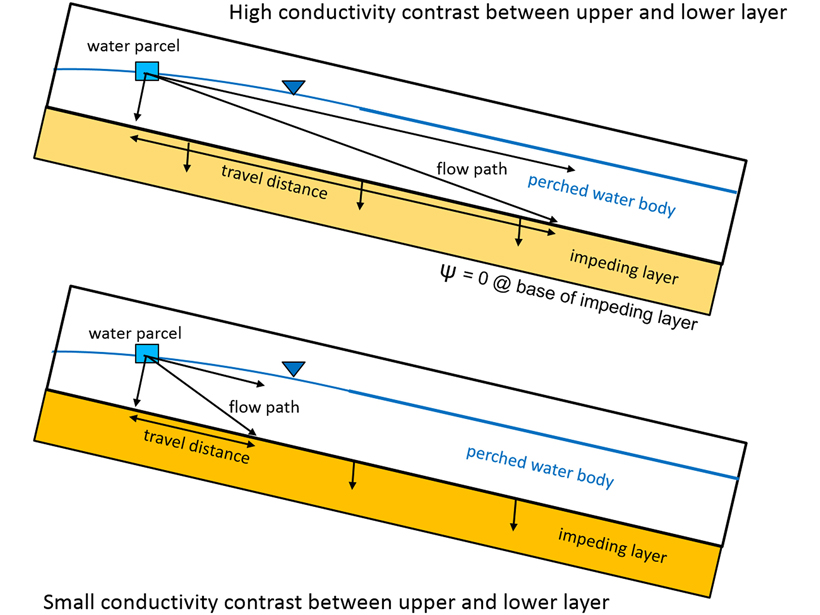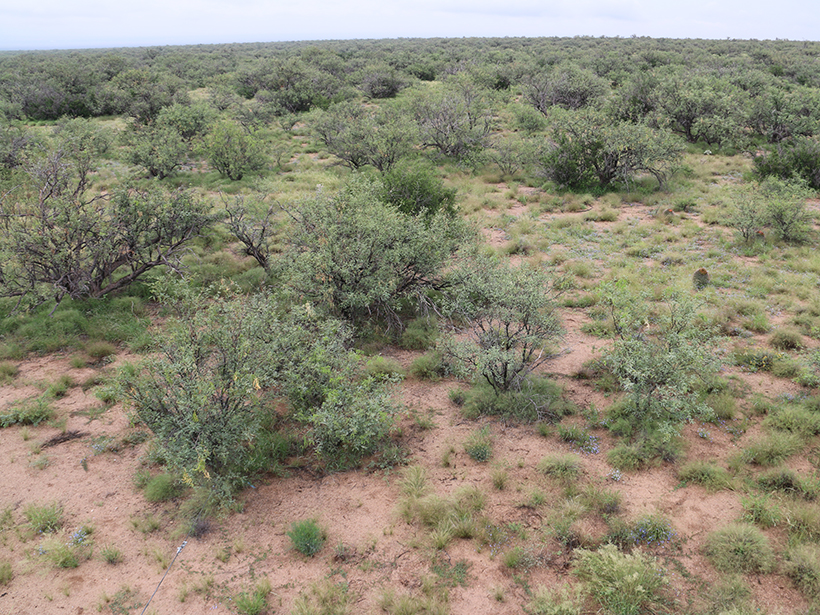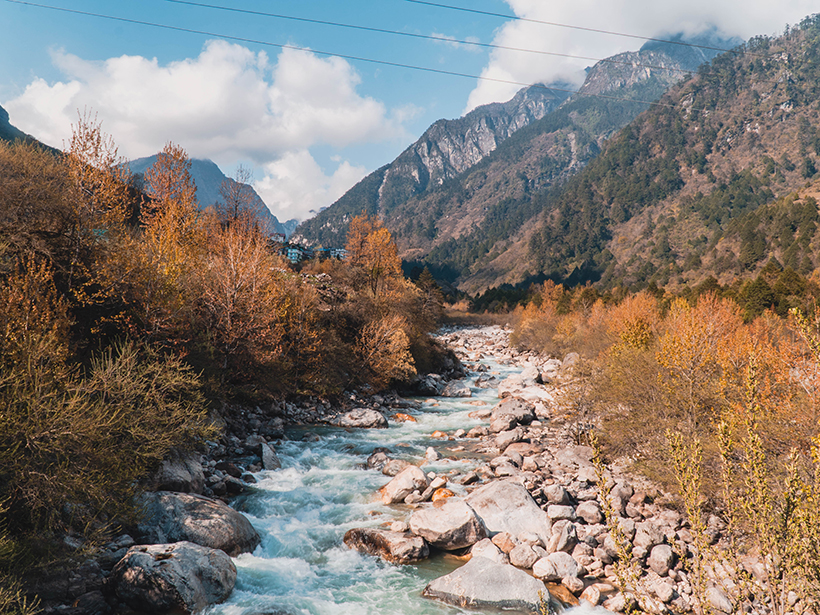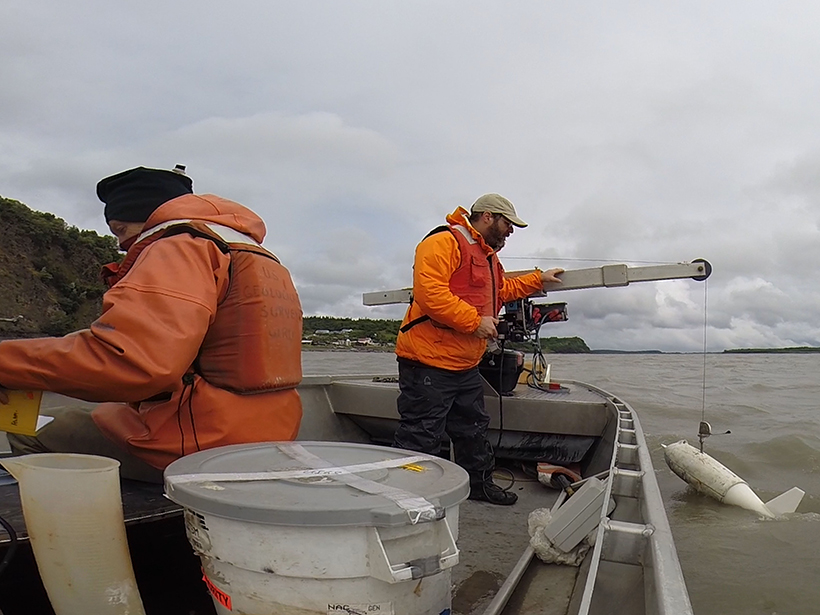New research challenges long-held ideas about the path of subsurface water from hillslopes to streams.
Water Resources Research
Massive Scale Evaporative Water Losses from Irrigation
Evaporation can demonstrate the effects of crop irrigation on decadal trends in evapotranspiration at a regional spatial extent.
What Is a Nuisance Flood, Exactly?
A more precise definition could help cities and governments prepare and respond to hazards.
Effects of Acid Rain, Climate Change on Freshwater Lakes
New England lakes weathered years of acid rain. A new study tracks how they are faring after 30 years of regulation and how climate change factors into the equation.
How Mesquite Trees Gain a Competitive Edge in Arid Arizona
A new study shows that mesquites employ hydraulic redistribution to move water between soil layers in the savannas of Santa Rita.
Studying Soil from a New Perspective
Cosmic ray neutrons probe soil moisture in the Great Plains.
A Closer Look at Turbulent Transport in Gravel Streambeds
Lab-built streams reveal new insights into turbulence-driven exchange of dissolved substances between stream water and sediments below.
Using Microbes to Predict the Flow of Arctic Rivers
Bacterial DNA provides a good estimate of river discharge.
Calibrating Hydrological Models by Satellite
Hydrological models are usually calibrated using observations of streamflow, but a new method uses remotely sensed land surface temperature for this purpose.
Life in the Hyporheic Zone
Defining the chemical relationships between water, sediment, and organisms that thrive beneath riverbeds.










